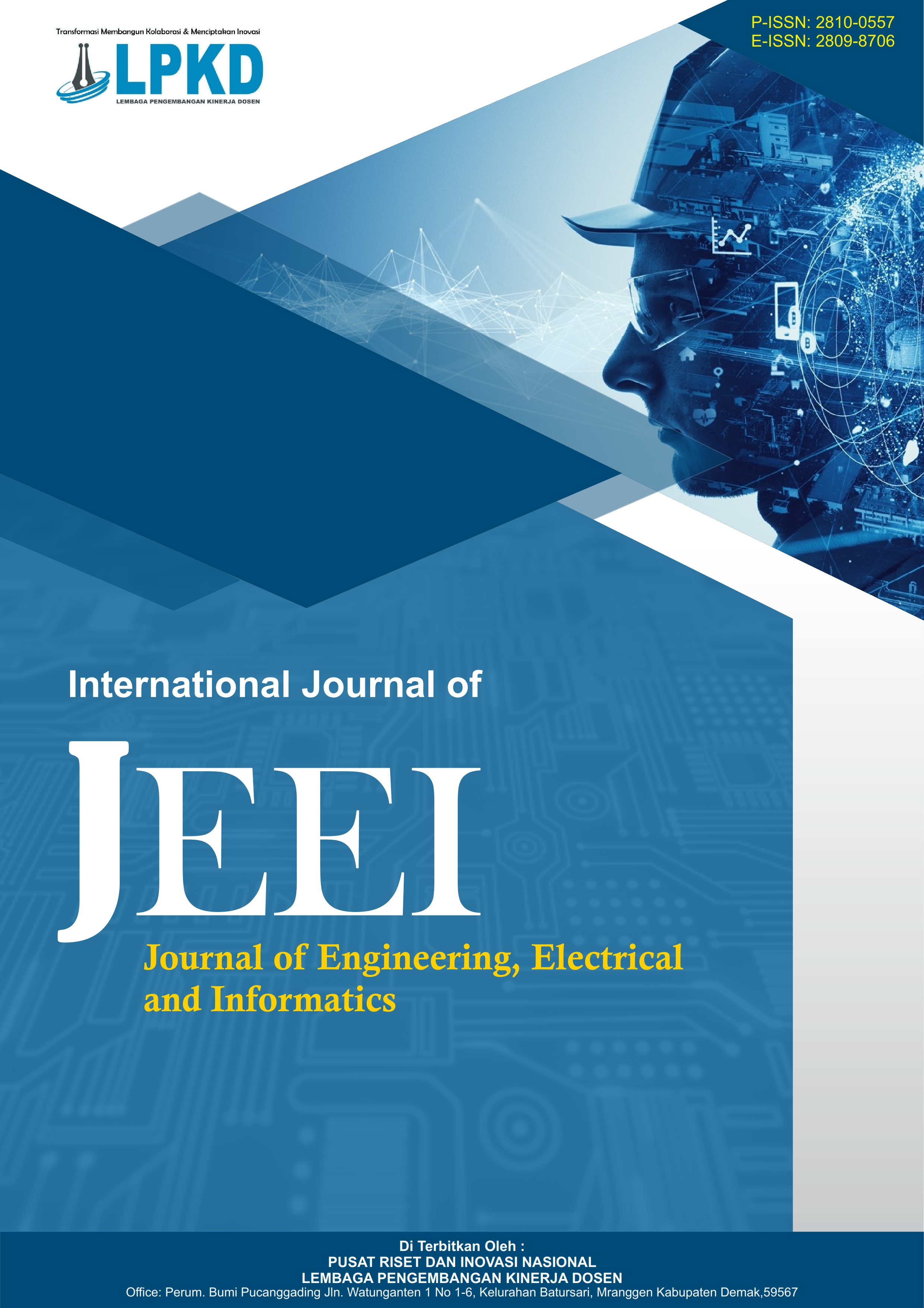Implementation of Data Mining Algorithm C4.5 (Decision Tree) Product Distribution at PT.XYZ
DOI:
https://doi.org/10.55606/jeei.v5i2.4540Keywords:
Cigarettes, distribution, monitoring, PT. XYZ, Supply Chain ManagementAbstract
PT. XYZ in its distribution is still carried out by using the sales and the results of sales or distribution are recorded in a ledger about how many cigarette products are sold, as well as biodata from consumers. Based on the results of recording in the field will be recapitulated again at the office by using Microsoft Excel this is very difficult in the process of data integration, manufacturing, suppliers, retailers, sales and distribution of products. One of the things that can support the efficiency of production activities is to set the layout of the production machines owned. Material handling process, space utilization, distance between departments, production process flow can be more efficient if good layout planning is done. Supply Chain Management (Supply Chain Management) is a field of study that lies in the efficiency and effectiveness of the flow of cigarettes, information, and money flows that occur simultaneously so that it can unite the Supply Chain Management with the parties involved. The results of this study are a distribution information system that can be used to record all sales transactions. In order to make it easier for the data distribution section manager to recap and know the history of cigarette distribution better and complete reporting.
References
[1.] Analysis of Human Disease Data Patterns Caused by Cigarettes, COMICS (Conference on National Information and Computer Technology), vol. 1, no. 1, Bandung: Engineering Science, 2013.
[2.] H. Kurniawan, F. Agustin, Yusfriza, and K. Ummi, Implementation of Data Mining in Prediction of Sales Chips With Rough Set Method, 2018 6th International Conference On Cyber And IT Service Management (CITSM), Parapat, Indonesia, 2018.
[3.] Kusrini and E. T. Luthfi, Data Mining Algorithms. Yogyakarta: ANDI, 2009.
[4.] Nasari, F. and Darma, S., “Application of k-means clustering on new student admission data (case study: main potential university),” SEMNASTEKNOMEDIA ONLINE, vol. 3, no. 1, pp. 2-1, 2013.
[5.] Norsyaheera, A. W., Lailatul, F. A. H., Shahid, S. A. M., and Maon, S. N., “The Relationship Between Marketing Mix and Customer Loyalty in Hijab Industry: The Mediating Effect of Customer Satisfaction,” Procedia Economics and Finance, vol. 37, pp. 366–371, 2016. https://doi.org/10.1016/S2212-5671(16)30138-1.
[6.] Rahmadya, T. H. and Herlawati, Prabowo, P. W., Implementation of Data Mining with Matlab.
[7.] Santoso, H., Hariyadi, I. P., and Prayitno, P., “Data Mining Analysis of Product Purchase Patterns Using the Apriori Algorithm Method,” Semnasteknomedia Online, vol. 4, no. 1, pp. 3–7, 2016.
[8.] Sari, E. N., “Apriori Algorithm Analysis to Determine the Most Popular Clothing Brands in Medan Fashion Group Mode,” Pelita Informatika: Information and Informatics, vol. 4, no. 3, 2013.
[9.] Ummi, K., “Data Mining Analysis in Car Spare Part Sales Using Apriori Algorithm Method (Case Study: At PT. Idk 1 Medan),” CSRID (Computer Science Research and Its Development Journal), vol. 8, no. 3, pp. 155–164, 2016.
[10.] Urva, G. and Siregar, H. F., “UML Modeling of Cooking Oil E-Marketing,” ROYAL JOURNAL, Edition 2, 2015.
[11.] Waruwu, F. T., Buulolo, E., and Ndruru, E., Implementation of the Apriori Algorithm, 2017.
[12.] Wulan Dari, “Implementation of Data Mining with Naive Bayes to Predict BOS Fund Recipients at School X,” 2023.
[13.] Zulita, L. N., “Implementation of Selection Sort Method to Determine Achievement Value of Grade 3 and Grade 4 Students of SD Negeri 107 SELUMA,” Jurnal Media Infotama, vol. 11, no. 1, 2015.



.png)
.png)


